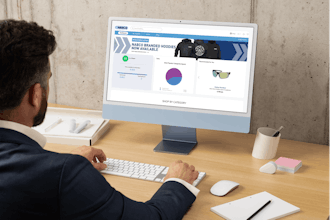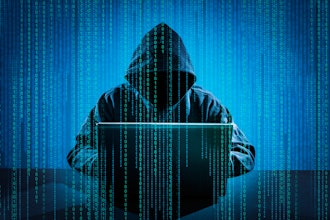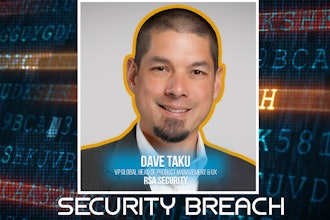
Worldwide, we have experienced an eco-wakening. Sustainability preferences are now a key driver of consumer purchasing. At the same time, the skyrocketing of ecommerce has resulted in a deluge of counterfeit products, which are eating into profits and putting manufacturers’ reputations at risk.
So how does a brand manager differentiate their products, use sustainable packaging, incorporate counterfeit protection, and maintain cost?
What is Sustainable Packaging?
Every manufacturer seems to be implementing sustainability practices. While some initiatives may be broader than others, they are all about protecting the environment and making a positive social impact. With sustainable packaging practices, there are three categories:
- Reusable, which is designed to be used more than a single time.
- Recyclable uses materials that are designed to be processed into another purpose.
- Third, plant based or compostable is made from organic materials.
Each of these types has positives and negatives, which we will not debate.
Social pressures are forcing brand manufacturers to make hard choices regarding their packaging. Data from Trivium Packaging’s 2022 Global Buying Green Report revealed consumer demand for eco-friendly and sustainable product packaging has proven remarkably stable and robust throughout the societal changes that have occurred in the last several years. Seventy percent of respondents identify as environmentally aware, up three percent from last year. And sustainability is even more important to younger consumers. Eighty-six percent of those forty-five years old and under would be willing to pay more for sustainable packaging.
Brands put their market share at risk when they cannot meet consumers’ demand for sustainable packaging. Additionally, the report uncovered consumers are 57 percent less likely to buy products in packaging they consider harmful to the environment. Forty-four percent go one step further and declared they "won't buy" products in packaging harmful to the environment.
A Smart Solution to the Rise in Counterfeiting
eCommerce had been steadily rising, but the pandemic took online shopping to new levels. According to data from Adobe, Americans spent $1.7 trillion online during the last two years of the pandemic. Unfortunately, this has created an ideal channel for counterfeiters. Globally, counterfeiting, including online and in-store purchases, are predicted to exceed $3 Trillion in 2022.
A brand manager does have options when trying to prevent diversion and counterfeiting; however, those choices are somewhat limited. For example, some will turn to standard tamper evident labels for box seals or holograms to help their product stand out. These technologies do conform with the ability for the package to be recycled. But unfortunately, these technologies cannot prevent counterfeiting and do not provide insight on who is purchasing their product, nor does it help them develop brand loyalty.
RFID or NFC technology will allow the brand owner to track the product throughout the sales channels. Regrettably, though, the metals used with the antennae prevent these technologies from being recycled or for reusable packaging. And the adhesives used to keep the antennae in place typically do not remove easily.
Smart technology offers brand managers a cost-effective, sustainable choice that also provides marketing data to build loyalty and support campaigns. Intelligent labeling combines the impact of both overt and covert technology. Overt is what you want the consumer to see. Covert is hidden within the packaging away from the consumer’s primary focus.
Smart technology labeling includes a randomized QR code which is the overt technology. There is also a “star” background, which is the covert technology. The label matches each individual QR code to the covert background to create a label tied to a specific product. Counterfeiters count on easy-to-reproduce labels and images. With smart technology, there is a unique single label for each package or bottle. One label=One Package or Bottle, making it impossible for counterfeiters to replicate.
The idea behind intelligent technology is that the label is only useful after it has been applied to an individual unit. The labels are printed with serialized QR codes and then imaged. This information is stored in a secure cloud. If some labels do not follow the process and are applied without activation, these labels will signal the brand owner that there is an issue. Once the label is applied to the individual unit, the QR code is confirmed, and the label becomes active.
This process enables everyone with a smart mobile device to become a policing force for counterfeit products. The most challenging work a consumer needs to do is download an app on their mobile device. Then they scan the QR code, and the app compares the QR code to the one registered in the cloud, contrasts the image, and confirms the product is either authentic or not. The brand owner has access to a dashboard that offers insight on if a product was purchased, when, where, and
Smart technology labels are made of the same films as any commonly used label and are printed with the same inks. Because of this, smart technology can follow the same recyclable path as any bottle or package in the industry. Intelligent technology also meets all REACH and RoHS requirements along with PROP 65 for heavy metals. It is also FDA-compliant for indirect food contact.
Smart technology could check all the boxes for a sustainable, anticounterfeiting solution.
Ron Ducharme serves as Vice President of Business Development at Covectra, a leader in track and trace solutions. Ron can be reached at [email protected].






















